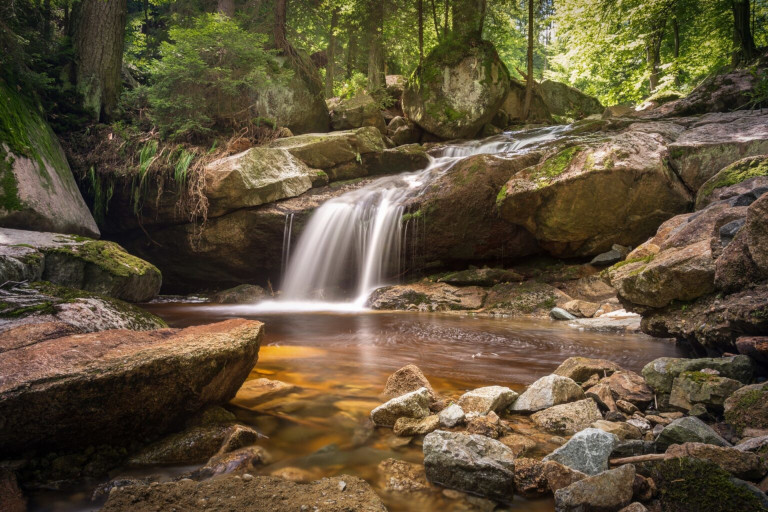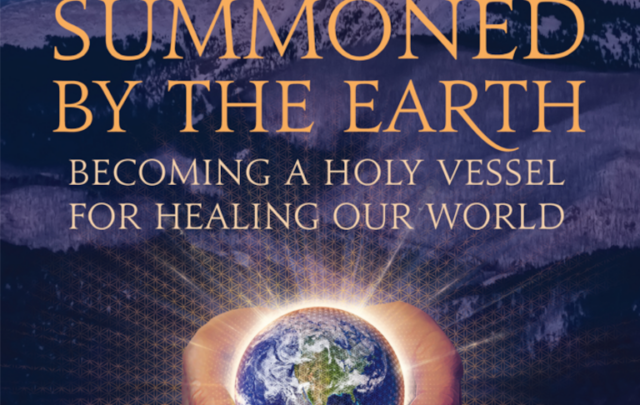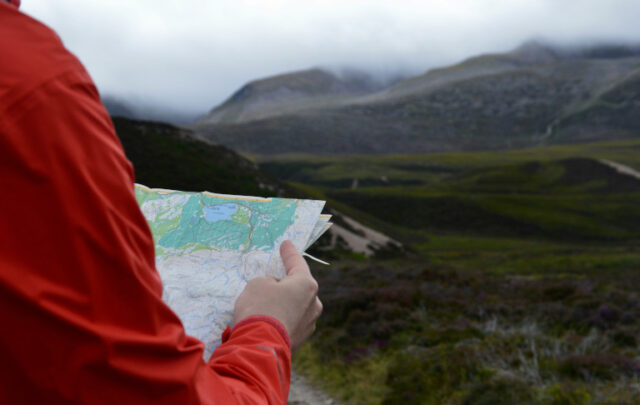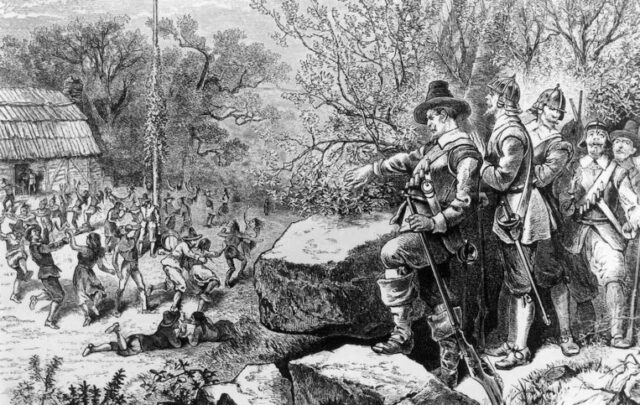This past week we had a great Gaian Conversation with Wesleyan University religion professor Justine Quijada. During the discussion, I learned a lot about animism and while I never considered the Gaian Way to be animistic, I left that conversation no longer so sure.
Some points from the discussion: Animists (at least the ones she studies in Buryatia) don’t have a relationship with all inanimate beings—it’s not that every stone deserves sacrifices or even a friendly greeting. That’s reserved for essential features of the landscape that people depend on—for example, a lake that provides fish and could kill you in five minutes even in the summer from hypothermia (like Lake Baikal can)—that deserve being called grandfather or khan, and warrant sacrifices and expressions of gratitude and supplication. Essentially it’s those features of the land that have power over you—ones that you are or should be in a right relationship with—that become animated.
In that context, Gaia is very much like that. Even if the majority of humans have yet to figure this out, Gaia has absolute power over us. We depend entirely on Gi’s continuing wellbeing. If Gaia shifts to a state that is no longer supportive of humans—or the many species we depend on for our survival, directly (crops or trees) or indirectly (bees or oxygen-producing algae)—well, that’s all folks.
Interestingly, one participant asked whether Buryats engage with Earth as a whole. Justine explained no, that it’s just too big—and besides why would you when there’s a clear relationship and dependence with specific Earthly features? I wondered (and asked) if that was because one did not want to draw attention from such a powerful being (which could turn out to be like a fickle god or maybe Sauron’s eye), or whether it just wasn’t worth the bother because they’re too big to answer. She acknowledged that she did not know but as she noted, people have a direct relationship with specific features of the land so relations with broader abstractions are unnecessary.1
But living in a globalized system, where we have lost our connection with the land (though some of us try to retether to our gardens, local forests, or favorite parks), connecting with Gaia seems right, even natural. Especially as we are now a global species, having global impacts. We must develop a right relationship, built on respect, even submission, to Khozyain Gaia.2
Truthfully, being part of Gaia, and directly tethered to Gi through the air I breathe, the water I drink, even the land that is under my body at all times (I have yet to learn how to defy gravity), I feel always connected to and in relationship with Gaia, so why not actively engage with Gi?
O Khozyain Baikal, please sustain us and don’t kill us. Thank you. (Image from Sergey Pesterev via Wikipedia)
Literal or Metphor
Justine noted the vaguity of the Buryats’ belief—there was no unified opinion on whether there is literal communication going on (through some shamanic channel) or if it’s a metaphoric or symbolic exchange. But in truth, it does not matter if it is literal or symbolic (as she noted it is the Christian perspective that overly emphasizes unified belief/doctrine). Engaging with the khozyain is a chance to express gratitude to what keeps you alive and remind yourself of your dependence so you act accordingly (i.e. with reverence and humility).
One participant noted that making offerings sounded like Pascal’s Wager to him, especially roadside offering made to keep oneself safe while driving—not sure it’ll work, but why not give it a try considering the uneven wager.3 Perhaps that’s true, but in the case of Gaia, there is no wager at all. We either choose to learn respect or Gaia teaches us the hard way.
Simply taking moments to give gratitude to the land, to Gaia, to the food you’re about to eat makes one mindful of one’s connection (and often has other positive externalities, like consolidating a memory after a great day at the beach or giving your body a moment to start digestive fluids flowing before a meal). Whether Gaia is listening or not is completely irrelevant. You’re not asking for help (though many animists, or worshippers of God/gods might), you’re simply taking a moment to be conscious of your connection with the land, food, and more broadly the great being of Gaia that we’re all part of.
So is Gaianism animistic? Considering there are some Gaians that consider Gaia a metaphor, others something more, that question is not possible to answer. For some certainly, for others absolutely not. But as Justine noted, the belief is not as important for the Buryats as the practices themselves. That’s good advice. Spend less time getting hung up on the particulars, and more time giving thanks to Gaia for all that Gi provides us.
Let us give thanks to being part of this living being nestled in the vastness of space. (Image from NASA, 24 January 2024)
Moving Forward
I’m chagrined to note that each forest bathing session I lead I give pause to thank the stewards of the land, current and ancestral, for sustaining the land we’re gathering on.4 But foolishly, I have not thanked the land itself, nor its inhabitants for all they do to sustain it (filtering air and water, building soils, simply being themselves and growing beautiful foliage, branches, trunks, singing their songs, decomposing waste, and so on). Why? Caught in a moment of anthropocentrism? Perhaps, but no longer—the thanks I offer will now extend more broadly to all beings who sustain the land we meet on. And more broadly, to Gaia as well.
So I end with a first draft of a land prayer, one to replace my generic thanks to the human stewards that I have been using at forest bathing sessions:
We offer gratitude to all those beings who through their ongoing dance sustain this land. The soil microbes and decomposers, the lichen and mosses, the shrubs and trees, and all others lifeforms who, rooted as they are, cycle energy, water, and nutrients in an unbroken circle. And to those that are constantly moving through: from insects and birds, to reptiles, amphibians, and mammals—whose active presence keeps this land alive and wild.
Humans are now lumped under mammals. Should they have/do they deserve their own line? If so, help me craft it. (Image by Sven Lachmann via Pixabay)
Endnotes
1) That said, some do worship Tengri (the sky) and the Buryat shaman even named their collective organization after Tengri, so it’s an easy step to go from animism to sky or god worshiping—not an evolutionary step mind you, as anthropologist Edward Tylor argued back in 1881 (as Justine described)—but a step. One that perhaps could be said with providing reverence to Gaia too.
2) Khozyain is a great Russian word that means owner/boss/landlord/master—all of which apply to Gaia!
3) Justine gave a good reason why not: many of the offerings are vodka based, meaning they’re drinking these at roadside shrines (along with leaving some for the mountain), which means they’re driving under the influence of alcohol, and potentially creating a self-fulfilling prophecy in the process.
4) This itself was an evolution of a Gaian land acknowledgement, which truthfully felt insincere without thanking current stewards. But that too now feels insincere when not recognizing all the non-human beings sustaining/making up the land.








